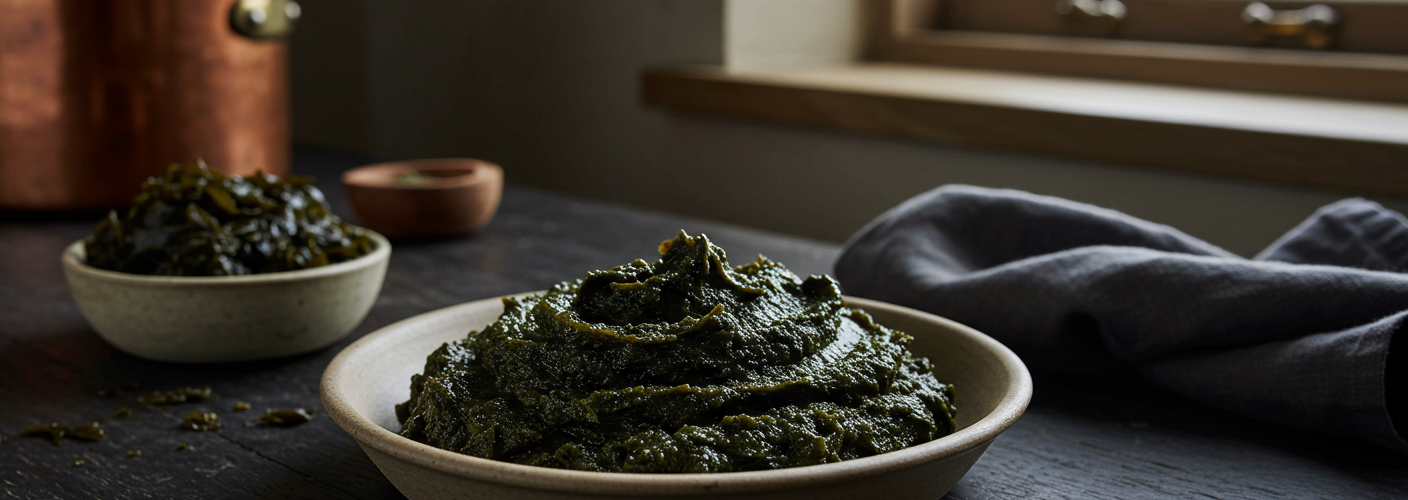Laverbread, a traditional Welsh delicacy, is a unique food product made from laver seaweed, known for its rich flavor and nutritional benefits. This dish is often enjoyed in various forms, particularly as a savory spread or a side dish, and has been a part of Welsh culinary history for centuries. In this article, we explore the origins, nutritional benefits, and ways to enjoy laverbread.
Origins of Laverbread
The roots of laverbread trace back to the coastal areas of Wales, where the laver seaweed flourishes in the nutrient-rich waters. Traditionally harvested by hand, laver has been an essential part of the Welsh diet for generations, particularly during the 19th century when it became a staple among the working class. Laver itself has a slightly salty taste and a chewy texture, which transforms beautifully when boiled and pureed into laverbread.
Nutritional Benefits
Laverbread is not just a tasty treat; it is also packed with impressive nutritional benefits. Rich in vitamins and minerals, this seaweed is particularly high in vitamin A, C, E, and K, as well as folate, magnesium, and iron. In addition to these vitamins, laver is an excellent source of dietary fiber, which supports digestive health. Its high iodine content makes it a fantastic food for supporting thyroid function, while the antioxidants found in seaweed contribute to overall wellness.
Adding laverbread to your diet can be a great way to introduce more plant-based nutrition and minerals into your meals. Its nutrient profile makes it particularly suitable for vegetarians and vegans looking for alternative sources of protein and essential vitamins.
How to Enjoy Laverbread
There are several traditional and creative ways to enjoy laverbread. Often, it is served in its pureed form, either as a spread on bread or as a base for other toppings. One popular Welsh dish features laverbread served alongside cockles and bacon, creating a hearty breakfast that has sustained locals for generations.
Alternatively, laverbread can be incorporated into various recipes. It can be added to soups and stews for an umami boost or used as a filling in savory pastries. For a modern twist, consider mixing laverbread into pancake batter for an intriguing flavor shift or using it in a salad to add a unique touch.
Laverbread can also be used in sushi, offering a delightful fusion experience as you replace traditional ingredients with this nutrient-dense seaweed. Regardless of how you choose to enjoy it, incorporating laverbread into your meals is sure to enhance both flavor and nutrition.
Conclusion
Laverbread is a remarkable food that represents a deep-rooted culinary tradition in Wales, with a significant focus on health benefits and versatility in the kitchen. Whether you are a seasoned seaweed enthusiast or new to trying sea vegetables, laverbread is a delicious way to explore the flavors and nutrition that come from the ocean. As interest in traditional foods continues to grow, now is a perfect time to embrace laverbread and integrate it into your meals for a nutritious and flavorful future. Embrace the rich heritage of Welsh cuisine and discover how this humble seaweed can elevate your dining experience.




Add comment